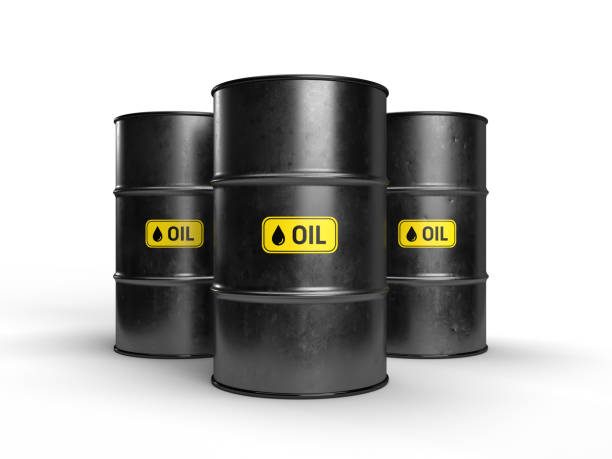This article is sponsored by Career Angel.ai!
As the Gaza Truce Takes Hold, Oil Traders Finally Exhale — But Don’t Get Too Comfortable
When War Pauses, So Do Oil Prices (Briefly)
After two years of conflict, Israel and Hamas have agreed to a cease-fire that’s actually holding — at least for now.
For energy markets, that’s like someone finally taking their finger off the “panic” button.
Oil traders reacted instantly: Brent crude dipped modestly on Friday morning, hovering near $81 a barrel, as fears of further escalation began to ease.
But make no mistake — this is relief, not resolution.
Why Geopolitical Risk Premiums Just Deflated (a Little)
For months, every flare-up in the Middle East added an invisible tax to your gas tank.
Each drone strike, missile launch, or port closure whispered the same phrase: “Supply risk.”
This week’s truce changed that tone.
With Israeli forces pulling back and negotiations underway, traders trimmed the so-called “risk premium” — the extra few dollars per barrel baked into oil prices whenever the region gets volatile.
If the cease-fire holds, oil could settle into the $78–$82 range, a level that reflects normal demand trends rather than doomsday hedging.
But if history has taught us anything, Middle East truces have expiration dates shorter than a TikTok video.
What This Means for OPEC and Global Supply
Here’s the twist: the Gaza conflict itself hasn’t directly disrupted oil production — Israel and Gaza aren’t major oil exporters.
The fear has always been contagion: Iran, the Strait of Hormuz, and the nightmare scenario of a multi-state escalation dragging in Gulf producers.
A lasting truce reduces that probability, giving OPEC+ room to focus on fundamentals again — like output quotas, global inventory levels, and whether China’s demand rebound still has legs.
If peace holds, OPEC might even dial back its emergency rhetoric, keeping cuts modest and allowing production to gradually rise through early 2026.
But if rockets start flying again, all bets are off. Expect crude to pop back above $90 faster than you can say “geopolitical premium.”

The U.S. Factor: Politics Meets Petroleum
President Trump is touting the cease-fire as a foreign-policy win, which could have downstream effects (pun intended).
If tensions stay low through year-end, the White House avoids another inflationary oil spike heading into 2026 — a crucial political bonus.
Meanwhile, U.S. shale producers quietly welcome the calm. A stable $80 oil price keeps rigs profitable without inviting regulatory attention or consumer outrage.
That’s the Goldilocks zone for both Washington and Wall Street.
The Market Reality Check
Here’s what traders are actually watching now:
-
Cease-fire durability: one rocket, one retaliation, and the risk premium returns.
-
Iran’s next move: Tehran’s proxies are unpredictable; any misstep could reignite fears.
-
OPEC+ response: Saudi Arabia and Russia may view a calmer market as justification to slowly unwind cuts.
-
Global demand: if China’s economy keeps sputtering, even a peaceful Middle East won’t lift prices much.
So, while today’s headlines say “peace,” the oil market is whispering “temporary.”
MacroHint Takeaway: Hope for Peace, Hedge for Chaos
Energy traders may finally get a weekend without heartburn, but the Middle East rarely stays quiet for long.
For now, oil’s geopolitical thermostat just cooled a few degrees — but the furnace is still plugged in.
If the truce lasts, expect mildly lower oil prices, calmer equities, and a brief sigh of relief in global inflation data.
If it doesn’t, we’ll be right back to $90 oil, headline panic, and Fed-watch hysteria.
In short:
The cease-fire may stop the rockets, but it won’t stop volatility.
DISCLAIMER: This analysis of the aforementioned stock security is in no way to be construed, understood, or seen as formal, professional, or any other form of investment advice. We are simply expressing our opinions regarding a publicly traded entity.
© 2025 MacroHint.com. All rights reserved.